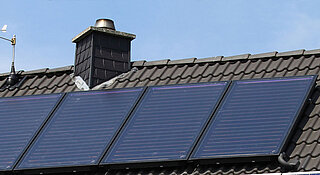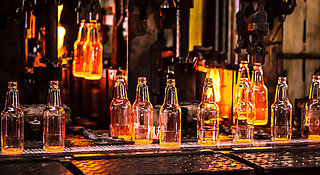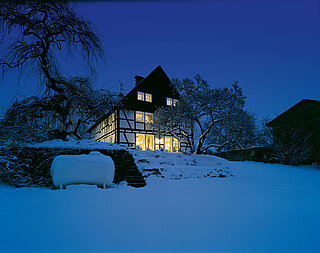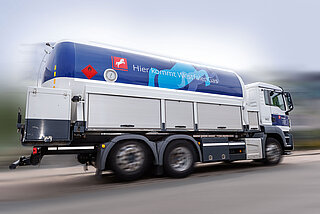LPG is a mixture of the main components propane and butane, i.e. energy-rich hydrocarbons. It is also known as LPG (Liquefied Petroleum Gas). In its normal state, liquefied petroleum gas is gaseous. However, it already liquefies under low pressure of only about eight bar. This implies that the energy contained in approximately 1,000 liters of gaseous LPG is condensed into just about four liters of liquid. This allows a great deal of energy - 12.87 kWh/kg calorific value and 13.98 kWh/kg calorific value - to be stored and transported in a particularly compact and space-saving way. Incidentally, the sources of supply for liquefied petroleum gas traded in Germany are in Western Europe, and availability is assured in the long term.
LPG is versatile, extremely efficient and more environmentally friendly than other fossil fuels such as oil. Thanks to its excellent transport and storage capabilities, liquefied gas can be used very flexibly: with liquefied gas tanks as energy reservoirs, space-saving installation of liquefied gas supply facilities is possible almost everywhere. Economical gas energy is thus available independently of transmission networks. LPG may even be used in water protection areas due to its positive environmental properties. As mobile energy in cylinders, liquefied petroleum gas is a practical companion for camping and barbecues, in the home and garden, at work and during leisure time. And as a fuel, liquefied petroleum gas drives forklifts and cars economically.











